Excavators and wheel loaders are two of the most important pieces of earthmoving equipment on any construction site. They both have distinct use cases on-site, but they both have plenty of tricks up their sleeve!
Both of these machines are pivotal to making operations run smoother, and more efficiently as well improve productivity with their different uses on job sites all around Australia! Let's take a look at these rock-solid earthmovers so you know which is right for your project needs.
What is an excavator?
An excavator is a powerful machine that can be used for many different purposes. Construction, mining and agriculture are just some of the industries this piece of equipment will come in handy. It has tracks, dipper and a boom which all have different functions depending on what type of work needs to be done - such as digging, trenching or demolition tasks. These machines use hydraulics to power the arm and bucket in conjunction with each other, increasing their effect on earthmoving projects exponentially!
Excavators are one of the most versatile pieces of equipment you can use. They're able to work in 360 degrees with ease, making them perfect when working on rocks and dirt. The tracks also allow users easy passage over difficult terrain so that nothing gets left behind while moving debris from one location into another.
Excavators come in different sizes, from mini excavators to heavy earthmoving excavators. You’ll also find there are various types, such as dragline excavators, crawlers and suction excavators, that can perform underground excavation without damaging the surface area.
What is a wheel loader?
While excavators are mainly used for digging, wheel loaders are the workhorse of any construction site.
They're used to move loads like dirt or loose materials from place to place, and they have large wheels that get traction on damp surfaces. Loaders are a crowd favourite for their mobility and the loads they can carry. The bucket of a wheel loader is significantly bigger than an excavator, which is why they are favoured for moving large masses.
Wheel loaders come in various sizes, including small, medium and large. Due to their structure, having front and rear axles, they can support a more considerable amount of weight. While wheel loaders can certainly be used for digging, this is not their primary function, and as such, they don’t quite compare with excavators.
What’s the difference between an excavator and a wheel loader?
Wheel loaders and excavators both have different functions. An excavator is designed to dig up dirt while a wheel loader moves materials around easily onsite. The key difference between these two machines lies in their primary purpose.
Firstly, there’s the bucket capacity. Wheel Loaders are much more efficient at moving materials than excavators. The bucket of a wheel loader has a larger capacity and it can still be used for digging, but the primary purpose is to transfer large amounts easily with less hassle.
The excavator is great for breaking ground, but it can't transport as much material. In order to make up for this weakness, the two often work together. The relationship between a wheel loader and excavator is much like a partnership, one machine handles digging while another moves around the dirt piles created to remove any excess material on-site.
Wheel loaders are great for pushing and pulling loads, but they can't match the versatility of an excavator. The flexibility of 360 degree operating ability offers more possibilities than one that only works in straight lines or at right angles - especially when you need to penetrate into sites where other types of equipment won’t go due to risks associated with entering hard-to-reach places.
Excavator or Wheel Loader?
When deciding which one is more suited to your operations, there are a few questions you should ask yourself to determine which is best. So, which one should you choose? It really depends on the type of work being done and specific needs at a worksite.
Consider your main functions
Your main worksite function will inform your decision to use an excavator, a wheel loader, or both. For example, if your main requirement is digging out dirt to make a swimming pool, an excavator will be your best option. Especially if the digging you do only creates relatively small amounts of loose dirt and materials that need to be removed.
However, a wheel loader will be the better choice if your operations are likely to result in large amounts of dirt and other debris that needs to be removed from the site, like digging out an underground car park. In reality, for maximum efficiency, most larger construction projects will benefit from having both machines available.
What dump height do you need?
The dump height is another consideration that could affect your decision. Excavators have a much higher dump height, meaning you can move materials around more freely. Certainly, operators have more vision of where they’re dumping materials from an excavator, so accuracy is improved in that respect.
Wheel loaders have a lower dump point which can make them a little more difficult to operate. However, the dump height is still plenty to allow for transporting materials into large bins or tipper trucks.
Consider ongoing maintenance costs
Naturally, if you’re working on a strict budget and can only choose one of the two, you should consider the running costs for each piece of machinery. Both machines are built tough so that they can withstand a lot of heavy work. However, you can expect around 50% of your maintenance budget on replacing the wear and tear of the wheels while owning a wheel loader. Excavators have tracks, so the wear and tear is less if you do need to conduct repairs.
With that being said, both machines have moving parts. A wheel loader’s operation is more straightforward than an excavator, so you may find yourself having to deal with a few smaller repairs when using an excavator.
What types of spaces are you working in?
Your workspace will go a long way to determining what plant equipment you can safely expect to use. Despite often being larger machines, excavators can actually operate in small spaces because of their 360-degree movement. This gives you a lot more flexibility in how you use them because once you get them in place, you don’t need to change their location as frequently.
For a wheel loader to work efficiently, you need more space. The front-only operation means you can only use it in spaces where the vehicle can approach directly, i.e. front-on. Then it needs room to turn around easily, which takes much more space than turning an excavator. Overall, an excavator is a winner for smaller spaces.
What bucket capacity do you need?
Here’s where the tables get turned because wheel loaders have a much higher bucket capacity. As we’ve said, the primary function of an excavator is to dig, not necessarily to move materials a long distance. The smaller bucket size of an excavator gives you much more capacity for digging speciality things like trenches and drains that a wheel loader is too big for. However, it’s not great for transporting large amounts of materials.
It should also be mentioned that even though excavators are more manoeuvrable, they can be slower and more difficult if you want to use them to make multiple trips across a worksite to dispose of loose materials. The wide bucket of a wheel loader and the added weight capacity make it the ideal choice for shifting large amounts of materials.
The conclusion
Excavators and wheel loaders are two of the most important tools for any construction site. They allow you to move large amounts with ease, making them incredibly helpful when building or cleaning up in remote areas where other vehicles cannot access due to their size/weight restrictions.
There is no strict answer for which machine to use when you need both large digging power and heavy lifting ability. The two most common machines are the excavator, which mainly operates on solid surfaces like roads or fields; while wheel loaders have more diverse uses including construction sites with obstacles that cannot be moved by an ordinary person alone.
With that said, if your budget restricts you to only one, then the excavator is probably the smart choice. Why? Because it can dig on a small or large scale, and it can also be used to transport materials, albeit not very efficiently. On the other hand, wheel loaders are capable of digging, but due to the width of the bucket, they can’t handle the digging of smaller things like trenches.
Overall, excavators may give you a little more flexibility, but ideally, you would also want a wheel loader available.
Discuss your construction equipment needs with Plantman
Plantman is your expert for wheel loader hire in Perth, excavator hire and more. We also sell machinery, and we’re always available with honest advice. If you’re not sure which is best for your project, speak with us today and let us help make your worksite more efficient.

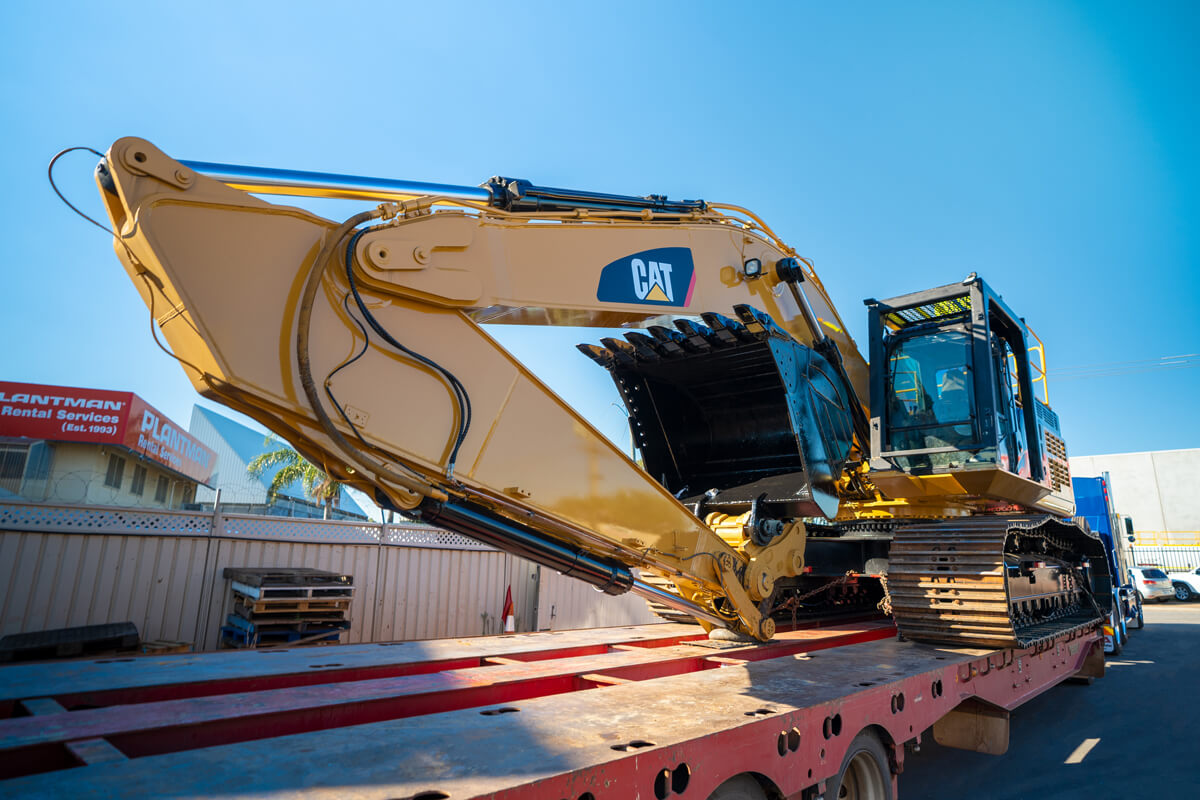
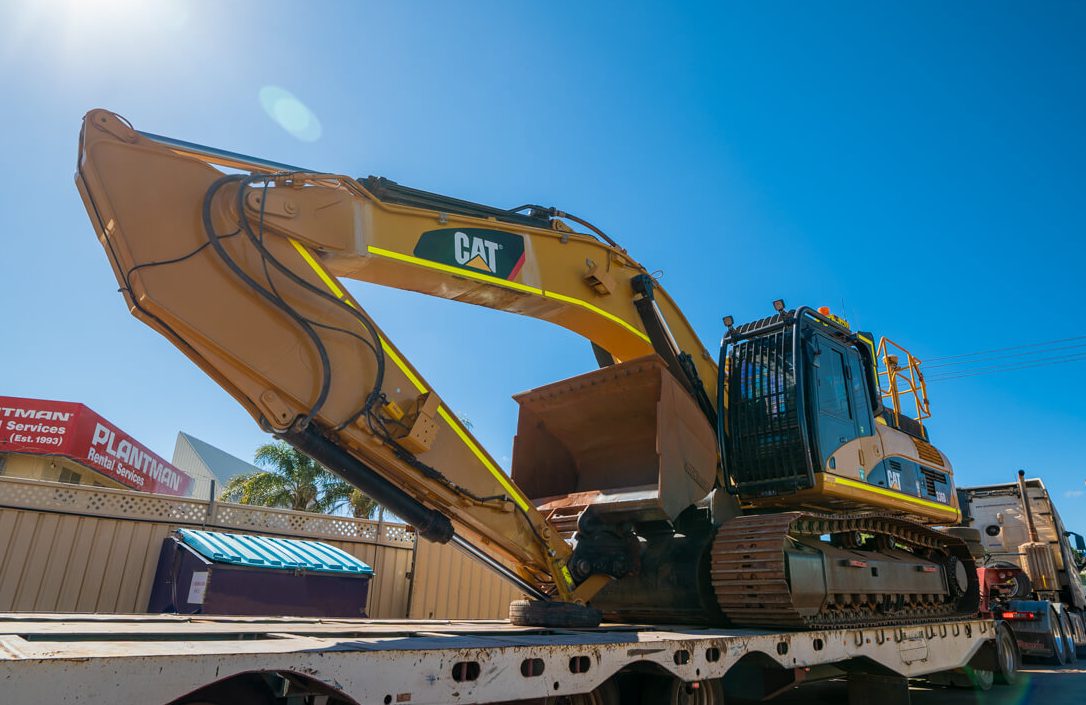

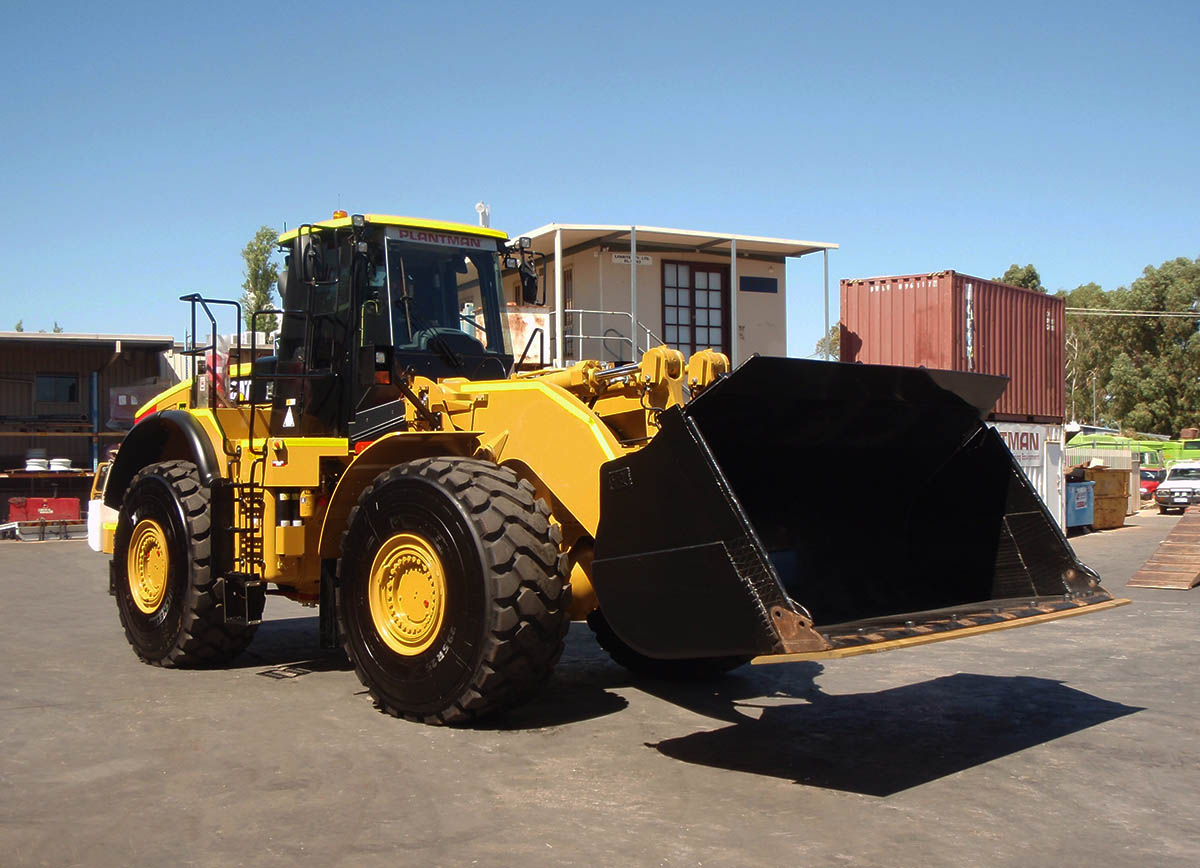
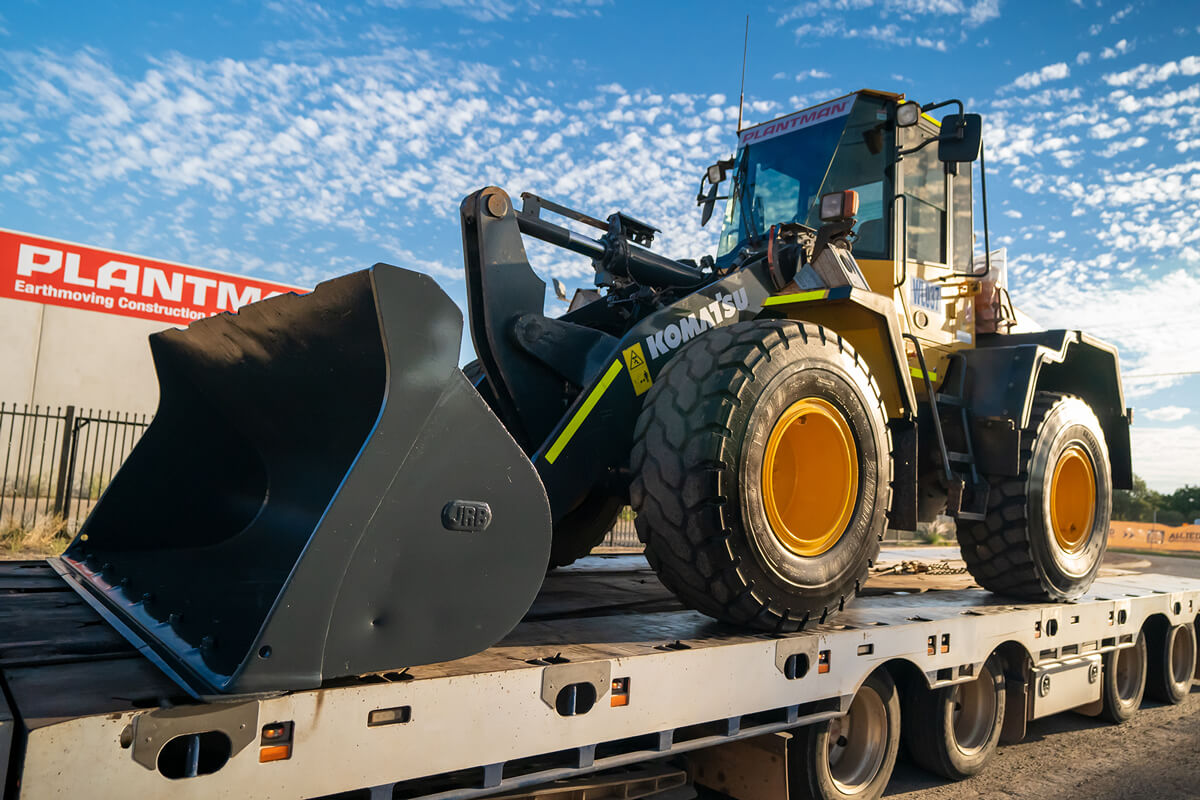
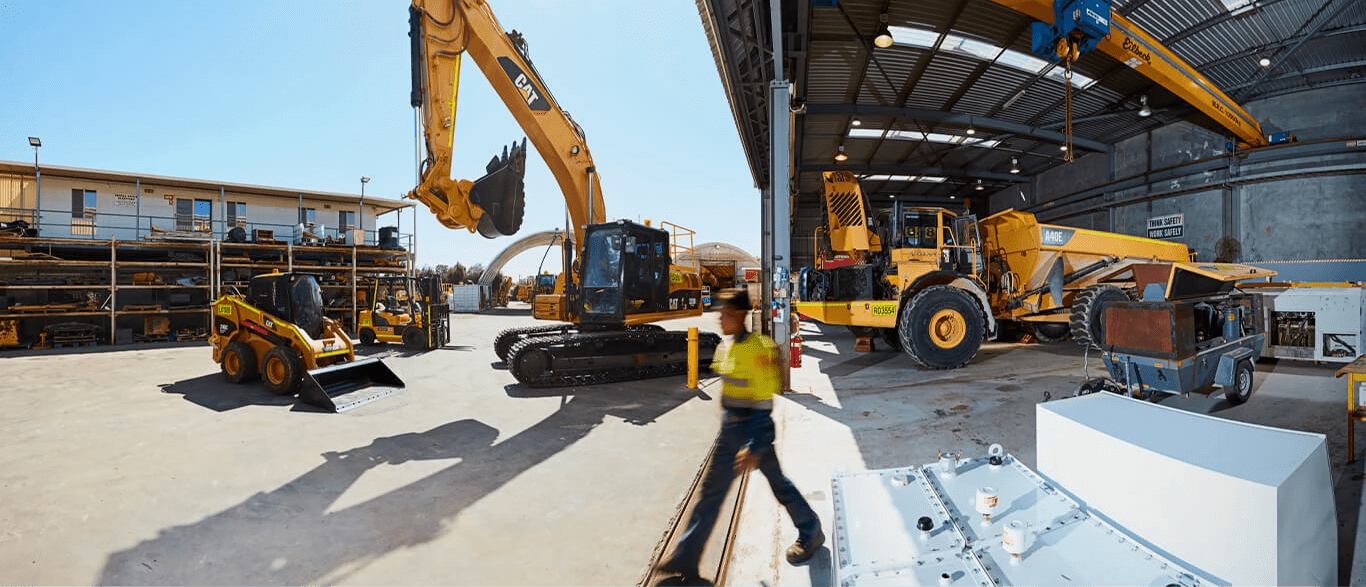

Now that I’ve found Plantman and they’re local which is a bonus, I won’t need to look elsewhere. They also have an extensive range of equipment that suits our requirements for servicing the mining industry. I have no hesitation in recommending Plantman to any of our clients. Well Done!!!